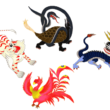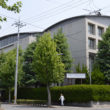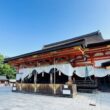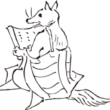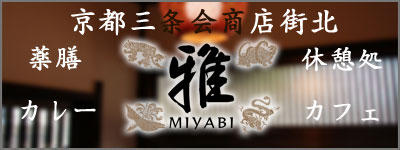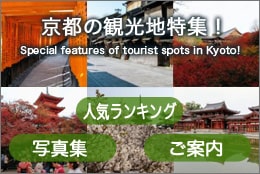adsense4
At that time, at family Kurido in Kyoto City, the legendary grand husband, Kurido Abolo Yazarwa was about to die now!
Oh no, oh no.

Hey, father, hey, Abolo. Pull yourself together, you son of a bitch!

His son, Ahonisai, would scream loudly at his father’s bedside and slap him repeatedly in the face, forcing him to stay in this world, even though his father was on the verge of dying of natural causes. He was about to ask his dying father what he had always wanted to ask, but had never been able to ask.
Be quiet, my fool son! Be quiet as I’ll tell you why now. If you say one more stupid word, I’ll sew your mouth to shut it.
So the man, Aboro, forced himself to exert his last strength in his futon and began to talk about the Gozan Okuribi (Bonfire of the Five Mountains).
Well, are you ready, everyone?

The Gozan-no-okuribi is a traditional event to conclude the Bon Festival, and it is held on August 16 every year to welcome the spirits of ancestors who have returned to this world by lighting a bonfire (a fire lit at the entrance or in the garden to welcome the spirits of ancestors (shorei) who are said to return to their homes during the Bon Festival), and to send back their souls to Jodo again. It has such a meaning.
Naturally, each letter has its own meaning♪
Please understand this!!
adsense2
Daimonji Bonfire (Nyoigatake, Sakyo district)

“Matugasaki Myoho Okuribi” (Nishiyama and Higashiyama in Matugaaki, Sakyo district)


“Funagata Mantoro Okuribi” (Mt. Myoken located in Nishigamo Kita district)

Left Daimonji Bonfire (Mt. Daimonji on Mt. Daihokuyama in Kita district)

Torigata torchlight bonfire (Mt. Seno-ji Mountain in Saga Torihon. Ukyo district)

It is said that it was in the Middle Ages, especially after the Muromachi period (1336-1573), when Buddhism penetrated deeply into the common people, that bonfires became widely practiced in general. It was not until the 15th century that it appeared in the historical record, and the current “Gozan Okuri” was probably established in the middle of the Edo period (1603-1867).
All right, thank you, father. I’m definitely forgetting this favor, 3 seconds later.

Well, now, I have no more use for you. Now get comfortable. Stupid father.
What did you say? I will not die, you stupid son of a bitch. I’ll be back next year, I promise.

Until then, Ipikaie ~. Good bye.
(By the way, today was September 16. One month has passed by from Okuribi. Well, okay… I don’t care about the details♪)
この記事を書いた人
じゅうべい(Jubei)
みなさんこんにちは。今日も元気がとまらない地球人、じゅうべいです。好きなことは遊ぶこと(漫画に映画、音楽(Jロック等)にカフェ巡り)です。
よろしくお願いします。

